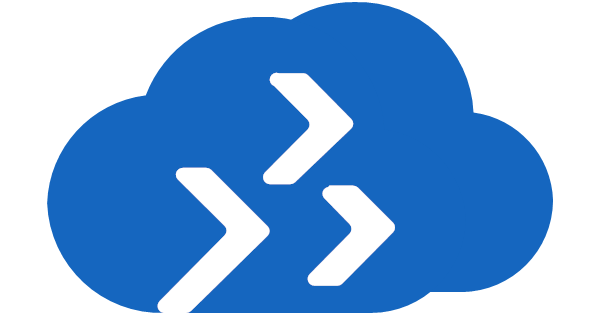Azure pre-migration assessment tools
When designing a migration to a new Azure infrastructure (either green field project or a migration from an existing infrastructure) it is of paramount importance to plan ahead and be proactive. Planning is always almost the 60-70% percent of the work and deployment/execution is the remaining 30-40%.
A solid high level and low level (detailed) design should encompass the physical and logical aspects of the architecture as well as assess whether a hybrid and/or multi-cloud approach should be taken. Also the design must meet the customer's requirements and follow Microsoft Azure best practices in the following areas:
- Functionality (Azure service features and end user/client accessibility of the infrastructure)
- Non-functional aspects, such as security, performance, scalability, high availability / redundancy, business continuity and disaster recovery as well as billing.
To properly size and design an Azure infrastructure with the above design aspects in mind, the following tools and procedures should be used throughout the design process, where applicable:
- Existing infrastructure technical assessment questionnaire. This should be addressed to the customer's IT team at the beginning of a project to be filled-in with information covering all aspects of the existing IT infrastructure. This will better identify existing workloads and will cover operational and non-operational aspects and requirements in the existing infrastructure. The following areas should be documented at high level. Some of the below parameters may be optional, depending on the customer’s existing environment.
- List of provisioned resources on-premise, in Azure and in other public clouds, organized by resource type and workload type. Sizing information for each resource must be provided (e.g. x number of container nodes with x compute capacity). The dependencies of each resource to other public cloud or on-premises resources must also be documented.
- List of applications and application owners. You will need to validate how each application is going to be treated when migrating to the cloud, i.e. whether the application will be moved as is (lift and shift) or modernized to come closer to cloud native state.
- General application, data, operating system and network security requirements
- Identity and access management (IAM) requirements
- Governance, privacy, and compliance requirements. The governance aspect covers all cloud policies and scripting logic which are applied in the existing solution and which may control the operations of each deployed resource (e.g. cloud resource power on/off triggers, minimum/maximum autoscaling limits, etc).
- Minimum SLA and maximum service downtime requirements.
- Upon receipt of the technical assessment questionnaire, you should create a high-level design (including an as-is analysis) for mapping the existing resources to Azure equivalent resources in the case of a migration. Based on the Azure high-level design, you should also create Azure cost estimations (using Azure pricing calculator and Azure TCO calculator) for one or more feasible migration scenarios. This will help your customer understand their design options and make a decision as to the final design. Make use of the Azure Architecture Center and utilize existing Azure reference architectures as the baseline for your final custom design and create your logical and physical infrastructure diagrams.
- A low-level design (detailed design) of the new target Azure tenant/subscription to which the migration from existing infrastructure will take place. The detailed design should apply all Microsoft Azure design best practices and tools, including the following (as part of the Microsoft Assessments microsite):
- Azure strategic migration assessment and readiness report
- Azure cloud migration checklist
- Azure Migration Center
- Azure Migrate
- Cyber Security Assessment Tool (CSAT) - Also check example of CSAT in Azure Marketplace
- Azure Data Box for large data move to Azure
- Strategic migration assessment and readiness tool (SMARTTOOL)
- Azure cloud adoption framework (CAF)
- Azure well-architected framework (WAF) review
- Azure landing zones and Azure blueprints
- Azure basic management consoles and deployment tools
- Azure database migration tools, including the Data Migration Assistant (DMA)
- Azure App Service migration tools:
- Windows Admin Center with Azure add-ons
- Azure Stack, Azure Stack Hub and Azure Arc for Azure hybrid cloud topologies
If you want to practice on a test case study provided by Microsoft, you can make use of the following github repository: https://github.com/Microsoft/TailwindTraders and https://github.com/Microsoft/RockPaperScissorsLizardSpock.
Some additional resources available as free downloads from this blog are the following:
- IT assessment questionnaire
- Azure App Service application assessment questionnaire
